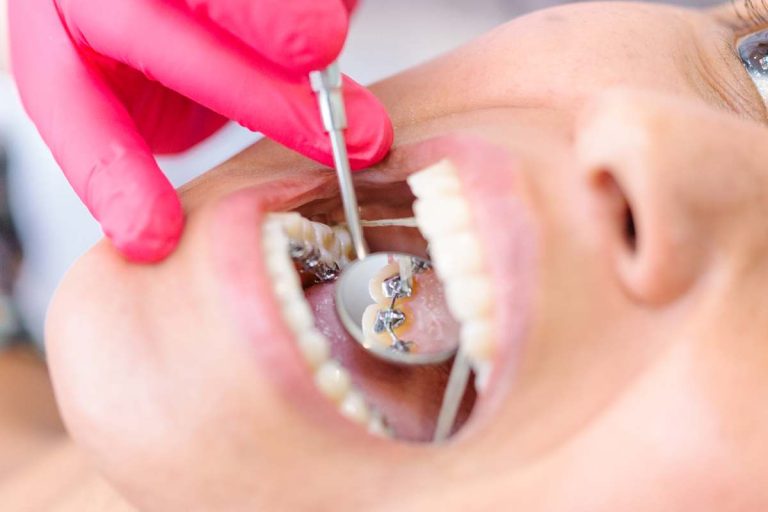Motherhood: a role most demanding yet often overlooked in its complexity. For many, the idea of motherhood comes wrapped in images of joyful playdates and warm cookies fresh out of the oven. But there are many challenges that lie ahead. In these everyday challenges, finding beauty in the chaos may seem impossible, but it doesn’t have to be.
Table of Contents
Embrace the Mess
Let’s get one thing straight. Perfect homes only exist in catalogues. Real ones? They’re chaotic. Toys line the floors, heaps of laundry loom large, and let’s not get started on the scribbles adorning the walls. It’s a visual cacophony, sure, but this disarray tells a story—a beautiful one at that. Witness the budding creativity of a young mind or recall the laughter shared during wild dance sessions in the living room.
The mess is also the perfect playground for building connections. Fumbling through a stack of mismatched socks with your toddler can spark moments of unexpected joy and hilarity. These seemingly ordinary times serve as a reminder that bonding doesn’t always require carefully curated activities—with love as the primary ingredient, even chaos can double as the perfect setting for treasured memories.
Time is Fleeting
For those knee-deep in motherhood, each day often feels eternal. But trust me—the years are short. Toddlers, fresh-faced with giggles, soon morph into sullen teenagers with a mind of their own. The constant? Love. So, when spaghetti sauce smears across the kitchen floor following yet another mealtime catastrophe, take a breath. This phase will, like all others, pass.
Memories are made in the small moments—in the first lopsided haircut attempted with child-safe scissors or in the impromptu puppet shows that punctuate lazy afternoons. Capture these spontaneous interludes with your mental camera and revisit them when schedules grow busy. Just as quickly as time slips away, so do these fledgling rituals that knit hearts together.
In some journeys through motherhood, moms may find themselves yearning to reconnect with their personal identity and sense of self, leading some to explore avenues like a mommy makeover. For these moms, a transformative experience helps them feel rejuvenated and empowered, embracing all roles they inhabit.
The fleetingness serves as a gentle reminder to savor each day spent together, even when tempers fray and patience runs thin. Noon today may be filled with tears and tantrums; however, tomorrow holds the promise of shared snuggles and newfound achievements. Every sunset is an opportunity to reflect on God’s grace in granting the tapestry of these precious days, urging us to cherish every thread, no matter how tangled it may seem.
Savor Simple Wins
Forget grandiose milestones. Sometimes, triumph lies in unearthing the matching socks or leaving the house almost on time. Find joy in these small victories—they mark the real essence of motherhood. A full night’s sleep deserves a mini-celebration. As does any car ride sans incessant “Are we there yet?” queries. Shine a spotlight on these tiny moments of success. They are the unsung heroes of parenting.
Celebrating simple wins can even motivate tackling tougher days. Find your “you did it!” mantra for each unexpected achievement, be it an uninterrupted family dinner or a tantrum-free grocery run. These affirmations provide emotional fuel, surprising in its potency, ready to lift spirits and buoy courage.
Find small victories in the everyday blunders, too. As socks disappear into the infamous laundry vortex, allow the moment to bond over a search party with your child. Relish the shared laughs and marvel at their imagination as they concoct stories of secret sock elves hiding away on wonderful adventures. Together, these tales become a cherished aspect of your family folklore, sprinkled with the dust of enchantment.
The Tribe
Loneliness? It’s all too common. After all, how many adults can genuinely relate to stories of diaper blowouts? Yet, isolated doesn’t have to mean alone. Other moms—often equally frazzled and sleep-deprived—become pillars of strength. They laugh with you at absurd bedtime antics and provide emotional buoyancy on challenging days. Cultivate this community. It’s invaluable.
In moments of support, camaraderie shines through in acts of kindness—a quick text checking on a feverish little one, a cup of coffee left on your doorstep, or offering hugs of reassurance on a difficult day. The woven threads of empathy and companionship create a blanket of reassurance—a warm comfort reinforcing that motherhood, while challenging, is never traveled alone.
Perfect Imperfection
The shiny narratives spun by social media get old quickly. The truth is, authentic beauty lingers in embracing imperfections. Whether it’s a burnt batch of cookies or chaotic school runs, perfection is overrated. Relish the roller coaster that is daily motherhood. Each bump, twist, and turn brings growth, laughter, and resilience.
The senses tingling with expectation—the feeling of sticky fingers gently grasping yours or warm cuddles on a stormy night. These are the true treasures of parenting. In years to come, when stories are swapped around the table or bedtime tales are passed down to another generation, these tales of imperfect triumph and joy will weave a legacy of laughter and love.
Conclusion
Motherhood is taxing, unpredictable, but above all else, remarkable. In the thick of it, remember to pause, breathe, and absorb the beauty amid the chaos. Beauty that doesn’t always shine in gleaming trophies but in hugs that feel like home, laughter that echoes after bedtime, and love that roots deep and far beyond measure.










